Backyard Proving Grounds
Last year I wrote about the benefits of leaving a wild area somewhere on your home site for native plants and wildlife to thrive.
This "Zone 5" section of my yard is still thriving and I’m still enjoying the benefits nature provides, but the scientist in me just can’t sit back minding my own raised bed garden. Some experimentation is needed!
So I took another section of my backyard – the corner on the opposite side of my “Zone 5” – and turned it into an outdoor laboratory.
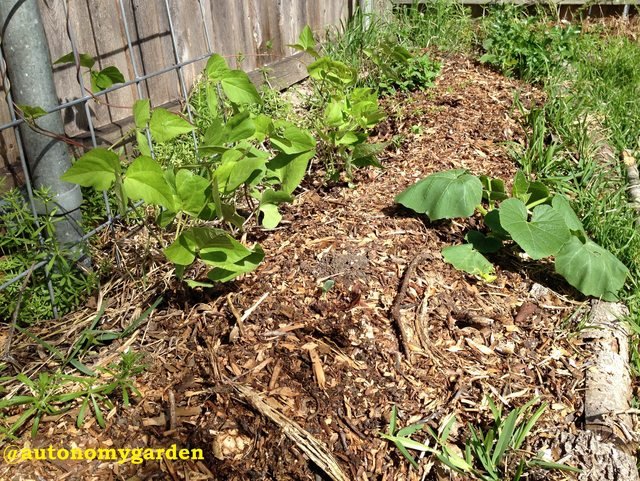
It was a small garden bed I used before I installed a proper raised bed, so very little work was needed. I just filled it in with food scraps (both partially and fully composted) and topped it off with dried grass clippings and wood chips. Let the experiment begin!
Much of the food scraps sent to the compost contained seeds, some of which I expected to sprout into new plants that must be tougher than the ones that get babied in the raised bed garden.
Let’s take a look at what’s thriving so far…
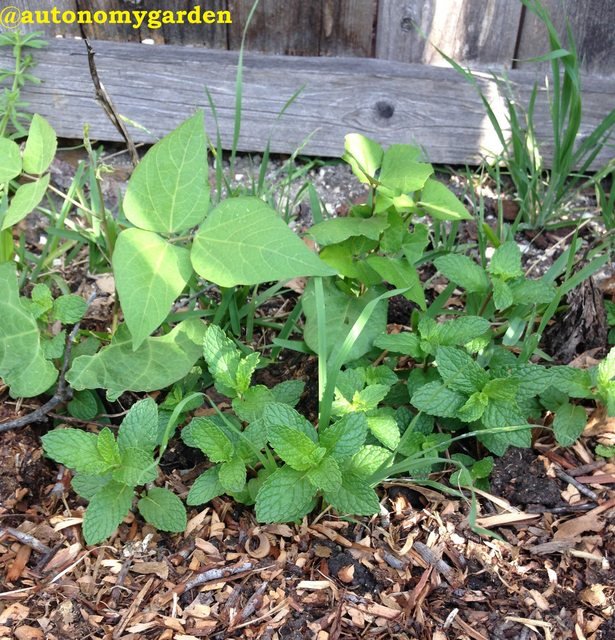
Mint – this little plant was at one time in a pot and written off as dead. I emptied the whole pot – soil and the “expired” plant – onto the area. A little over a month later the unmistakable mint leaves began popping out here and there.
Cowpeas – the offspring of the ones I planted last year and left to drop their seed. These plants thrived in our hot, dry summers.
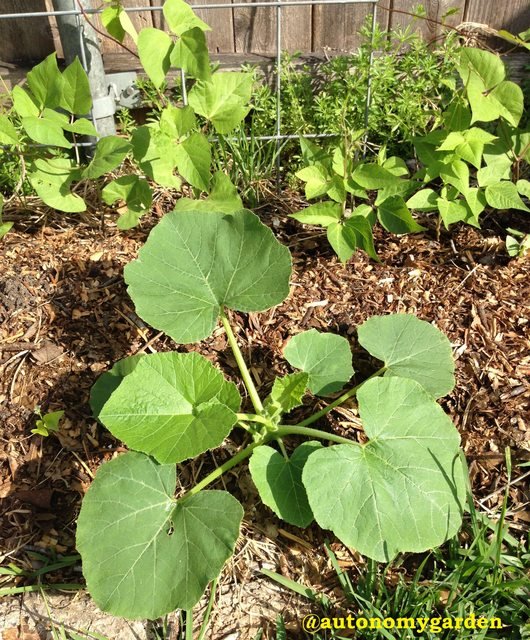
Squash – these are volunteers from the food scraps. Most likely butternut or acorn, but only time will tell which variety.
Scarlet Runner Beans – these are from and old pack of seeds back when I lived in a cooler climate. I will be surprised if any reach production here with the hot spring weather of central Texas. At the very least, they will add valuable Nitrogen to the area for other plants to use.
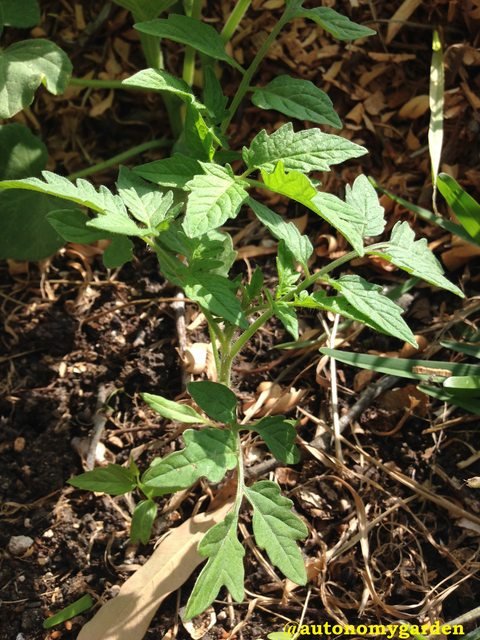
Tomatoes – these too are volunteers. It will be interesting to see what variety they are if they are able to mature and fruit.
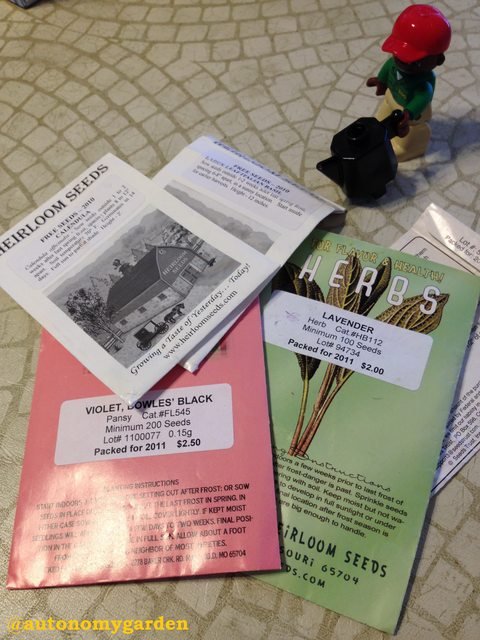
Old seeds – Violets (edible), calendula, lavender, basil, etc… from way back in the day – just tossed them in…there’s nothing to lose.
Ok, now my part is done. Let the best plants win!
What I hope to achieve from this little experiment is genetic diversification - only the plants able to survive in this harsh environment will grow and fruit. As each generation drops new seed, slight variations in the seeds allow them to sprout and survive being better adapted to this particular location. This should result in productive plants needing less human inputs (watering, fertilizer etc) or protection from climate, insects etc and possibly a new (re)wilded edible for the garden!
All photos and content posted above are original taken from my garden and are free for use.
Hello @autonomygarden,
Congratulations! Your post has been chosen by the communities of SteemTrail as one of our top picks today.
Also, as a selection for being a top pick today, you have been awarded a TRAIL token for your participation on our innovative platform...STEEM.
Please visit SteemTrail to get instructions on how to claim your TRAIL token today.
If do not wish to be promoted by SteemTrail, please reply with "Stop" to opt out.
Happy TRAIL!

Upvoted by @gardening-trail
Thank you for following and upvoting @gardening-trail
Read our guidelines here. Join us In the Gardening-Trail and let's discuss Gardening Related Topics
Thanks for the look into your back yard!
You're welcome. And thanks for your interest!
I think your approach shows how much some plants want to grow! I hear a lot of advice for beginning gardeners to grow what they like to eat. But I go with your approach, to grow what wants to grow -- and then learn how to really like those crops. It will be a lot easier, lol. Here's to a great autonomous garden season for you!
Yes, I think of the line from Jurassic Park - "Life finds a way". Thanks for your comment!
You're welcome. That's a great quote -- and a good name for your style of gardening. If you had chickens, you would even have the dinosaurs, lol. : )